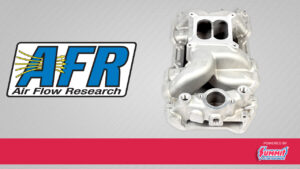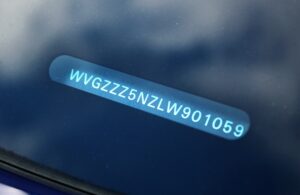How To Calculate Block Height
Block height is the distance between the centerline of the crankshaft and where the cylinder head bolts on. For this example, the measurement is 10.200″. The piston’s compression distance + the center-to-center length of the connecting rod + half the stroke (crank arm) should equal the block height. We tailor the compression distance and rod length with the crankshaft to get that number so theoretically, the piston is flat with the deck at TDC.
In the case of this example, the stroke is 4.750″ divided by 2 which gives a measurement of 2.375″ crank arm. Add the connecting rod center-to-center distance of 6.700″ along with the piston compression distance of 1.120″ and the total length is 10.195″.
If the engine deck height is truly 10.200″ and the 10.195″ is subtracted, the piston is then .005″ in the hole. Of course, physically measuring the deck height is needed to see if that’s correct.
To do that, the first step is to put a rod and piston assembly together for mock-up. After removing the current piston and rod combination, drop the mockup setup into place. Next, run the piston up to TDC, checking it with a dial indicator. Rock the piston back and forth, finding the highest and lowest point of the bore at TDC. The average of those two measurements tells you how far the piston is in the hole. In this case, it’s .0085.
This measurement is used to calculate the final compression ratio for the combination and also affects other aspects of the engine.









